


Expand your vision with the ability to layer interactive icons over live video feeds. With Hotspots, you can instantly view a linked device without the need to open a new layout or search for a specific camera. Add a hotspot icon in the camera's settings and link it to the relevant camera, device or layout. When you hover over the hotspot icon, a popup view of the linked device will appear. You can also expand it as a new view in our current grid.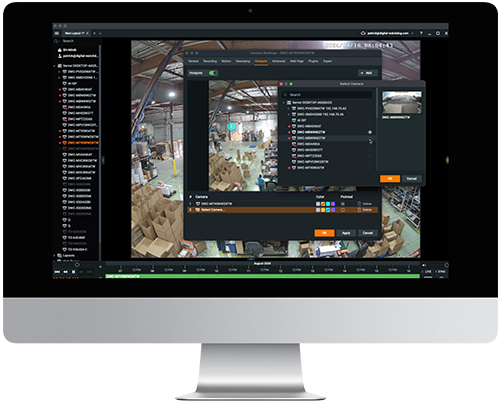

New under the email settings, system administrators can choose to route emails through DW Cloud™ alongside the existing SMTP email routing option. If selected, when the media server needs to send an email, it will send the API requests to the notifications service instead of using SMTP settings.

Streamline user access management and eliminate manual updates with an enhanced LDAP integration. System Administrators can easily manage permissions for all company services in one place, ensuring quick and efficient onboarding of new employees.
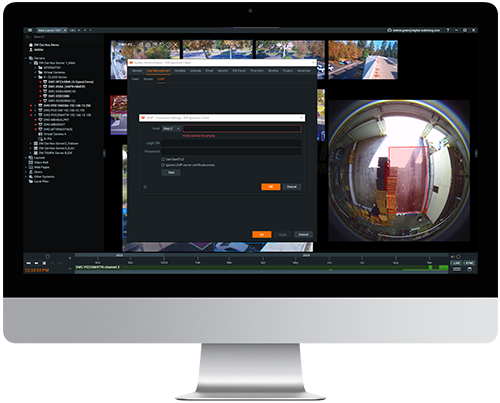

With DW Spectrum Pro 6.0, administrators can craft permissions for both groups and individual users. Users can also belong to multiple groups, providing unparalleled control over user management.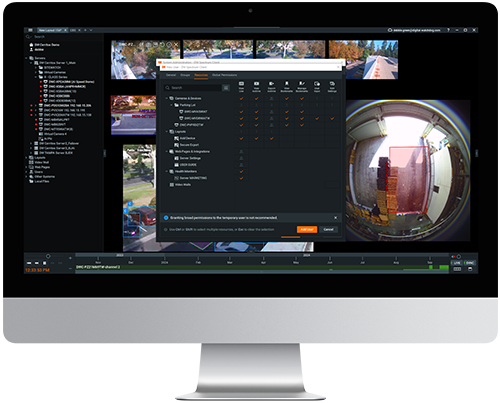
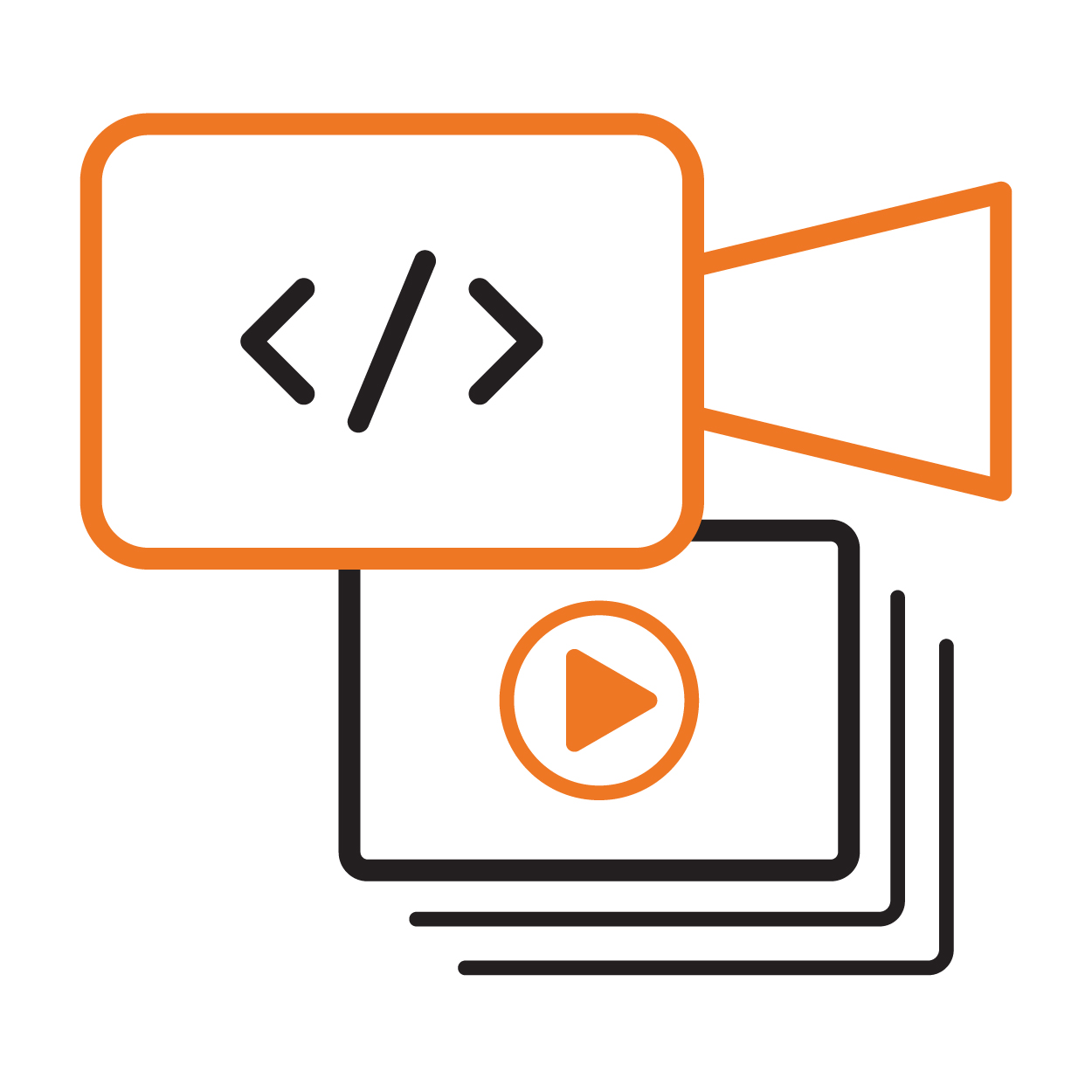
DW Spectrum 6.0 can leverage NVIDIA GPUs’ advanced capabilities for video decoding, ensuring your security system operates at peak efficiency.
Key Benefits

System Administrators can effortlessly create temporary users for time-limited access. Temporary users have usage restrictions and their access to the systems revoked once the set time expires. This feature is set up in the local users tab.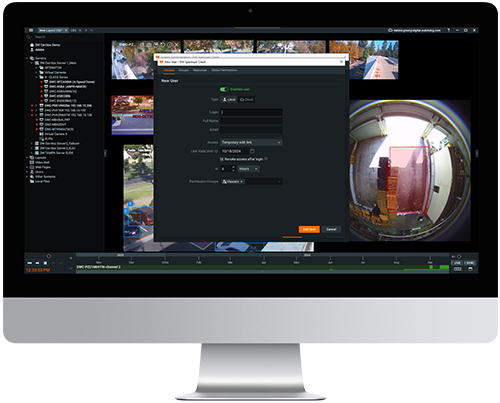
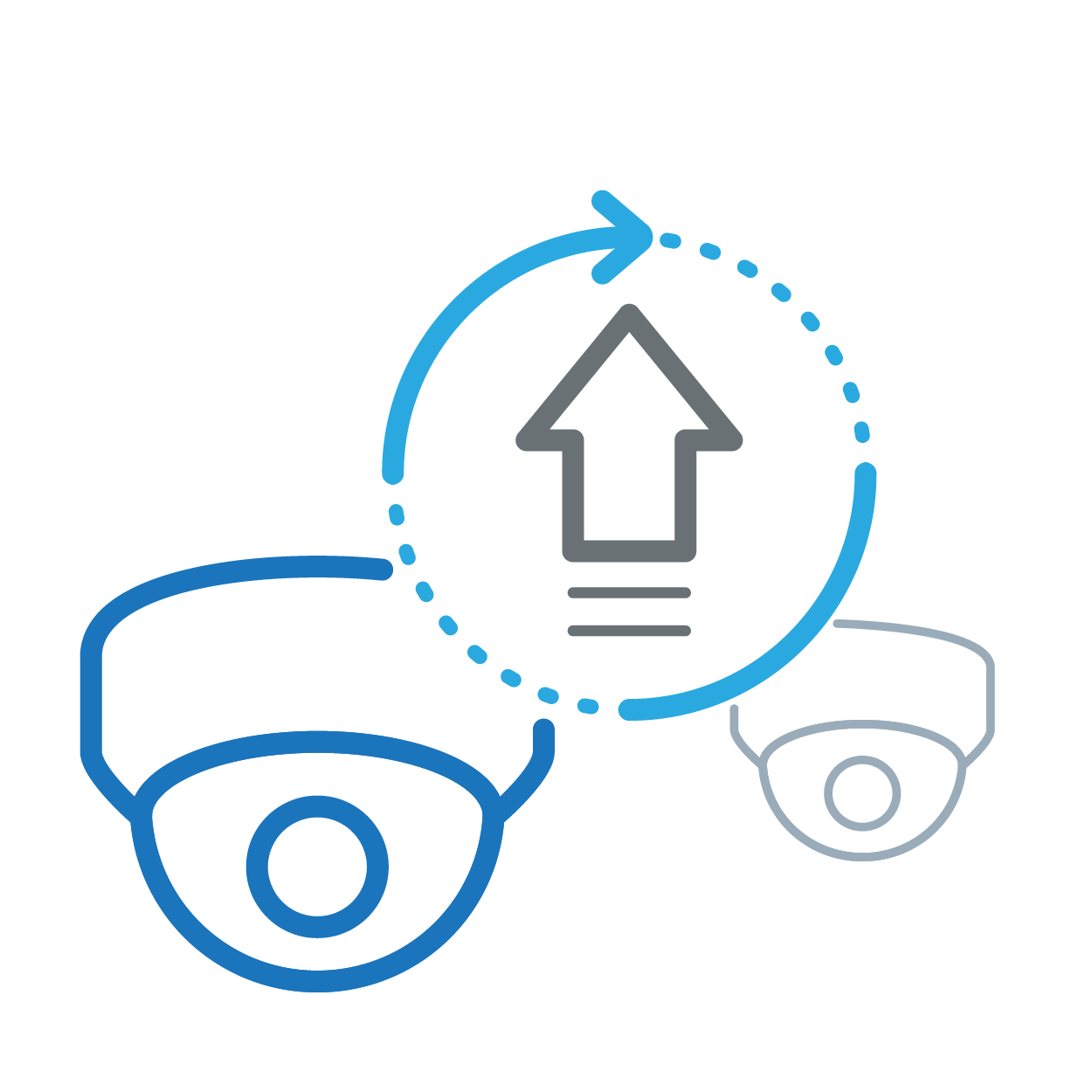
A simple, straightforward way to replace an IP camera.
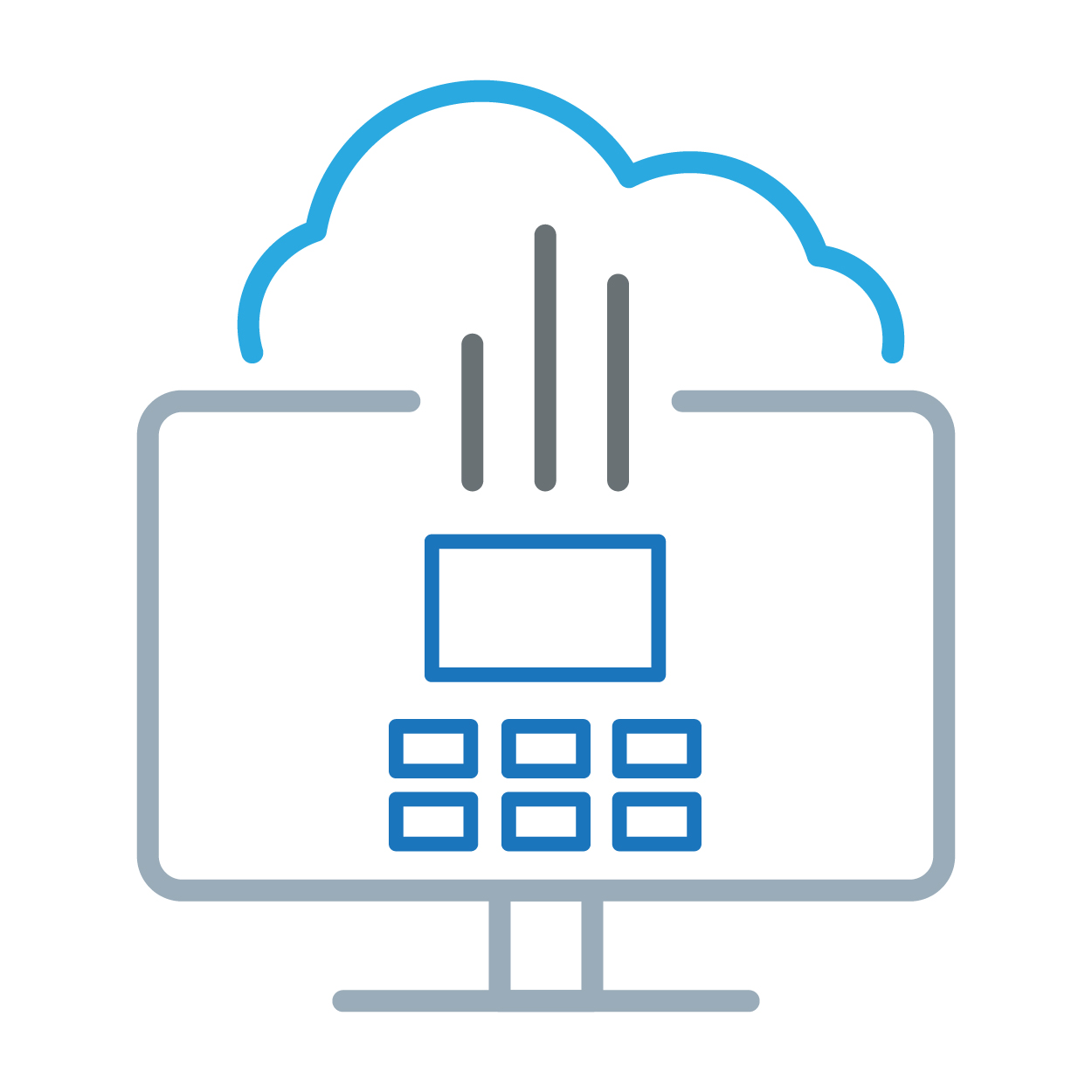
Operators with rights to multiple Systems can now combine cameras from Cloud-connected Systems into a single Layout.
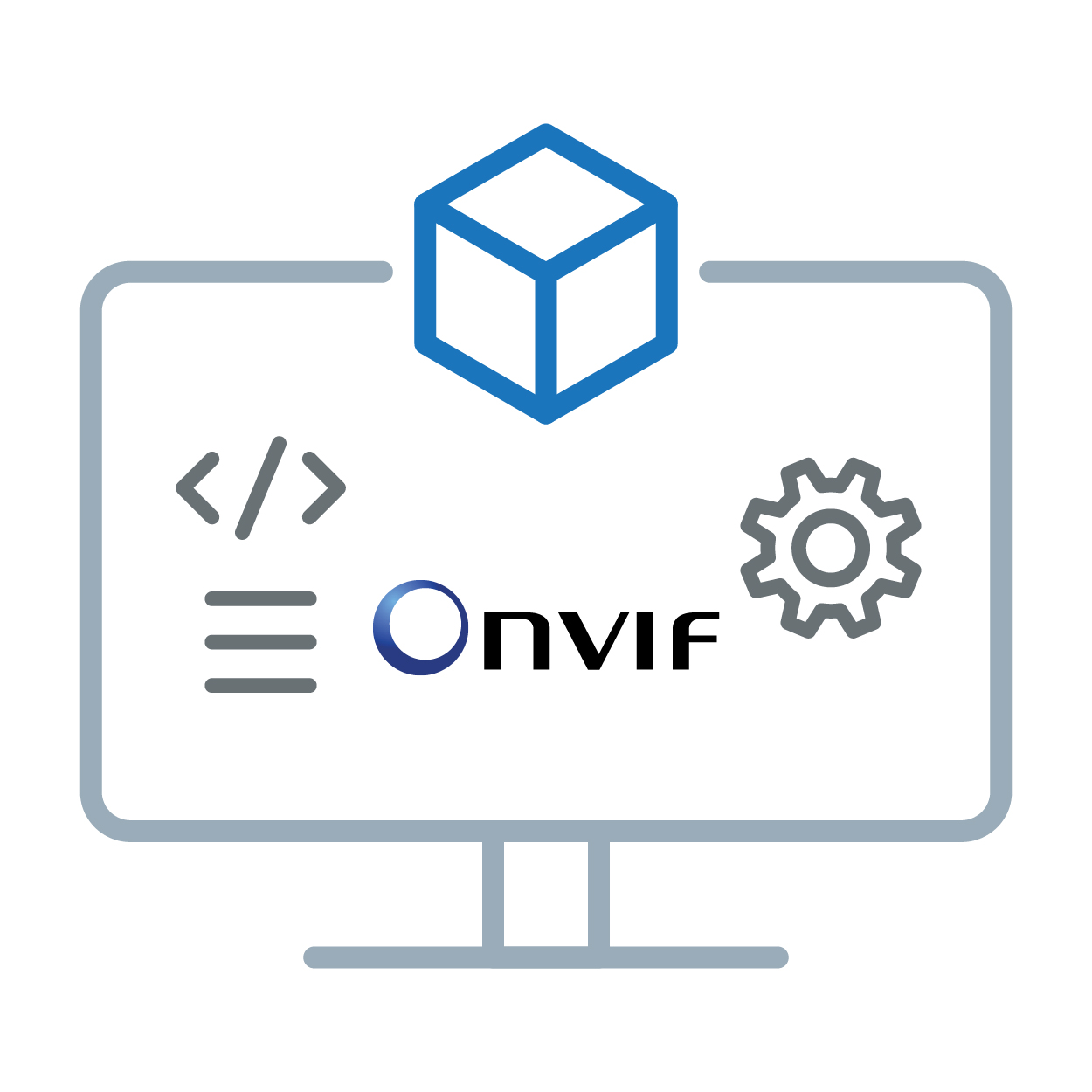
Added a possibility to choose the specific ONVIF profile for cameras (the “Expert” tab). The ONVIF profile list is determined when adding the camera to the server.
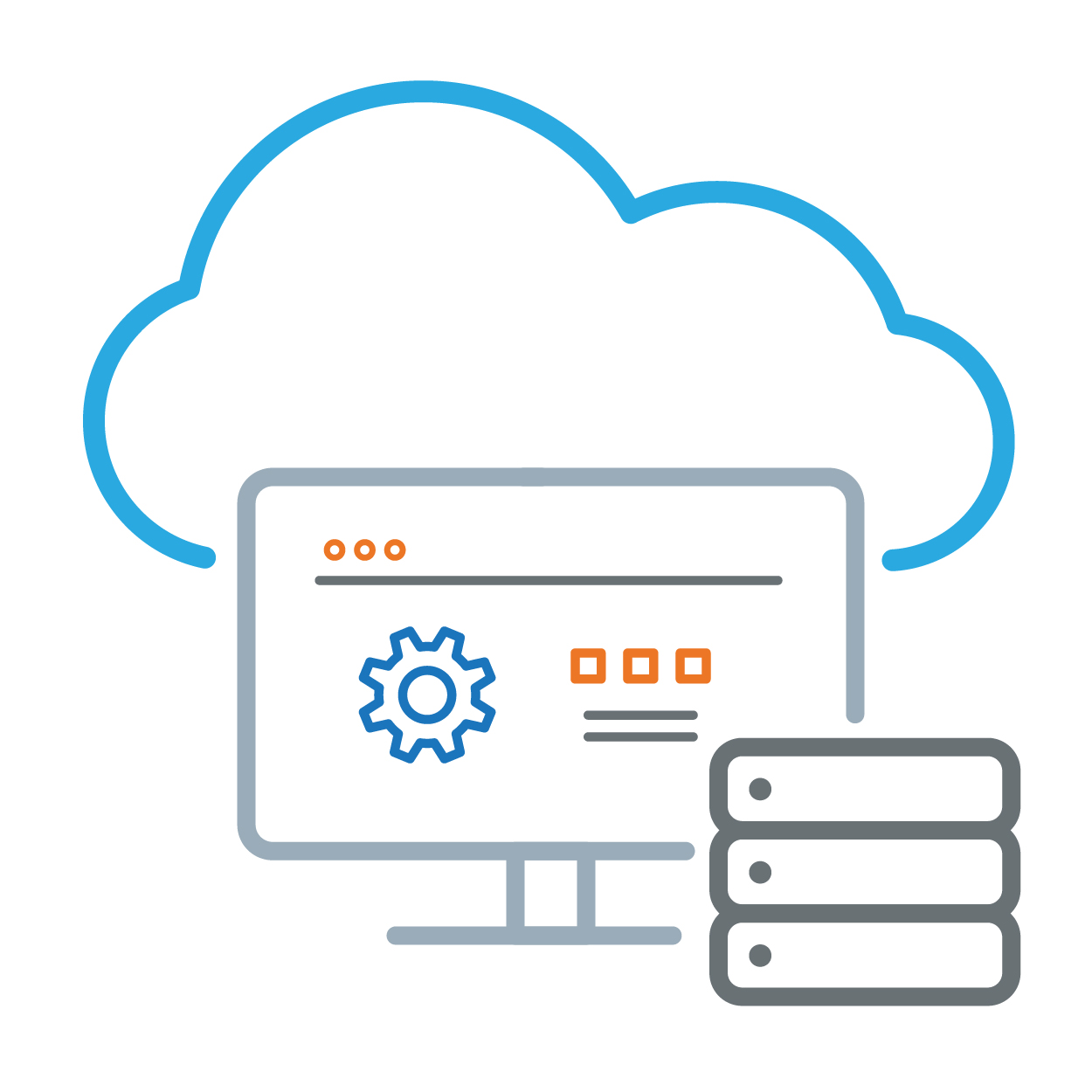
Users can now download Desktop Client and Server logs remotely via the Desktop Client.

Archives on any hard drive or storage medium can be encrypted and viewable only on the Desktop, Mobile, and Web clients.


Combine audio and video from different devices. For example, an audio source from a camera with a microphone can be used as an audio source for another camera. Two-way audio button can be placed on a camera without a microphone and used with a different camera that has a speaker attached to it.


360° panorama images and videos that use equidistant projection can now be dewarped in the desktop client.

Client JavaScript API embedded in Web Pages to enable additional functionality such as opening and closing cameras and playing and pausing video.

The client desktop distributive can be released separately from the server distributive. The client can also automatically download and install the latest version of the desktop client to be compatible with the server’s version.

All Blackjack® servers powered by DW Spectrum IPVMS use SSL/TLS Certificate pinning to render man-in-the-middle (MITM) attacks impossible.


Archives can now be backed up based on Motion, Bookmarks, Objects and any combination of them (M &O or O &B, or M, B & O).


Added to the Recording Schedule the following new recording modes: Object only, Object + Low res, Motion + Object and Motion + Object + Low res. On cameras with recording enabled, the last-minute of the recording is now available for playback in the Desktop Client.


Search for objects identified by analytics and stored in video archives by attributes (e.g., object type, color, gender, age, clothing, etc.) in a new pop-out window.
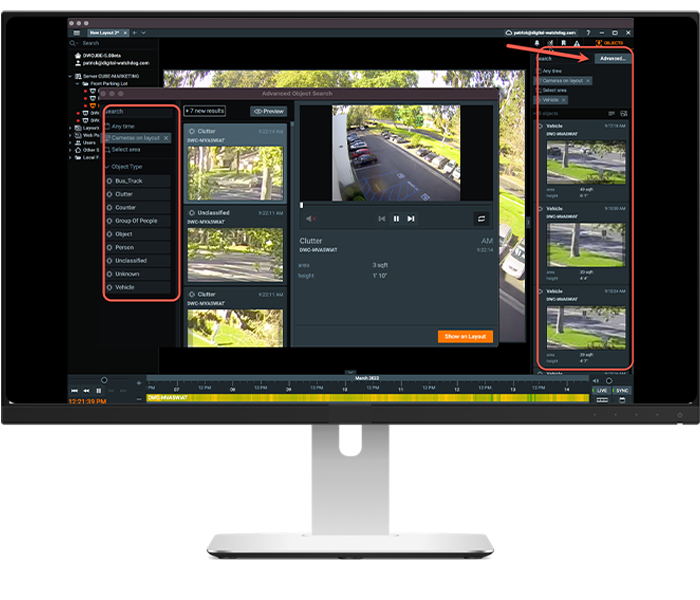

Users can now adjust the information presented in the welcome screen to sort systems by priority, show all or part of the systems available and search for systems by attributes.

Server Web Admin interface allows administrators to add and remove users, as well as view detailed information about Servers, Cameras, and Licenses.
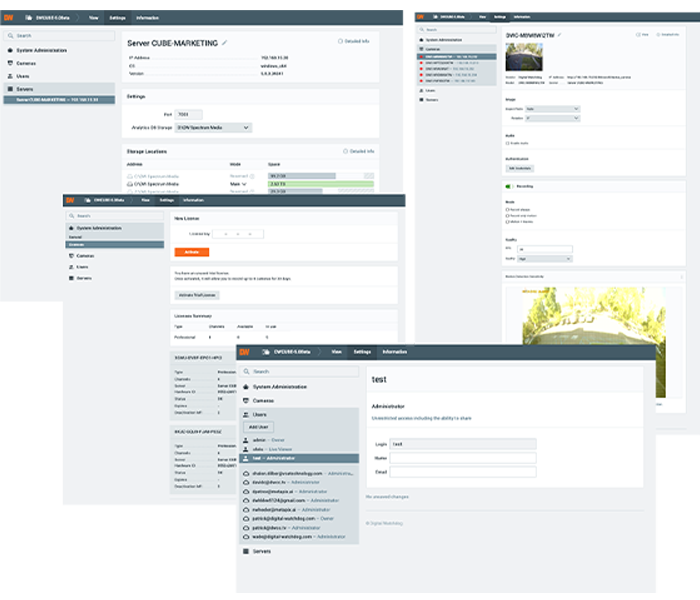

Group resources (cameras, streams, encoders, web pages) in the DW Spectrum IPVMS Desktop to be used in roles and permissions, and for faster navigation of large systems.
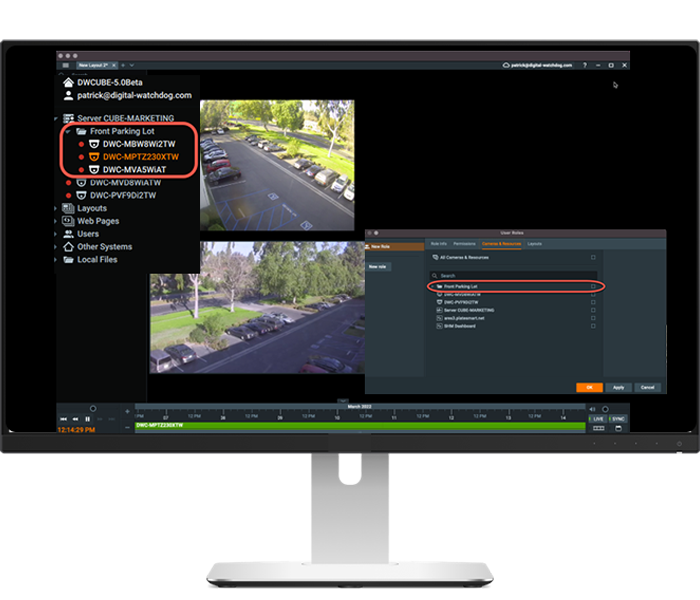

Certain interface elements can be saved and restored upon launching the desktop client.

Servers and clients use bearer token authentication by default.

All Internet requests use OS SSL/TLS Certificate Validation to prevent MITM (man-in-the-middle) attacks, including but not limited to VMS updates, VMS-Cloud communications, license validation, statistics, etc.

Multi-factor authentication helps prevent account hijacking due to stolen or misplaced credentials. It also prevents unwanted access from credentials left in orphaned remote clients on uncontrolled systems. For cloud users, OAuth2 authentication is used by default, which prevents a server owner from compromising a user’s Cloud password and renders Offline Cloud Login attacks impossible.


Hover over the timeline to preview video in thumbnail format in Windows and macOS Desktop clients.


Local device or service web pages can be proxied via the Server application and viewed via a remote connection.


Added support for ZFS (Zettabyte File System) to the Server.
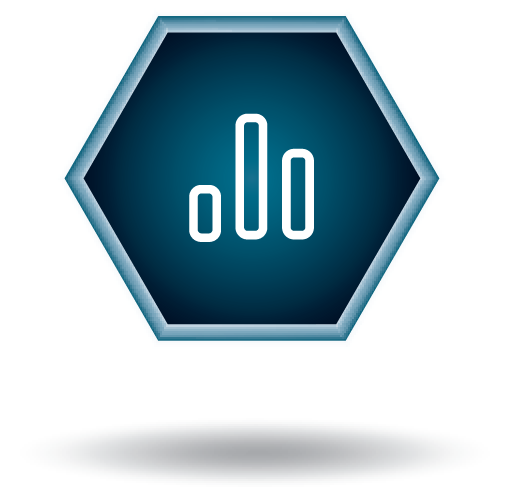
New native support for MEGApix IVA and IVA+ IP cameras allow users to capture object metadata/events for automation in the rules engine.

Intel® Quick Sync Video uses the dedicated media processing capabilities of Intel Graphics Technology to decode and encode video.
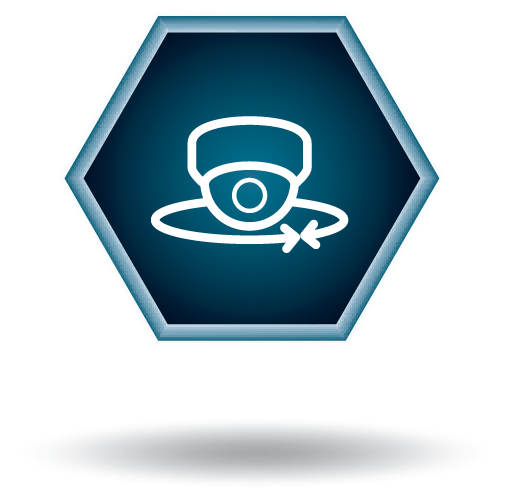
A new and improved way to control PTZ cameras that improves usability, especially in high latency situations with cameras that do not support advanced PTZ.
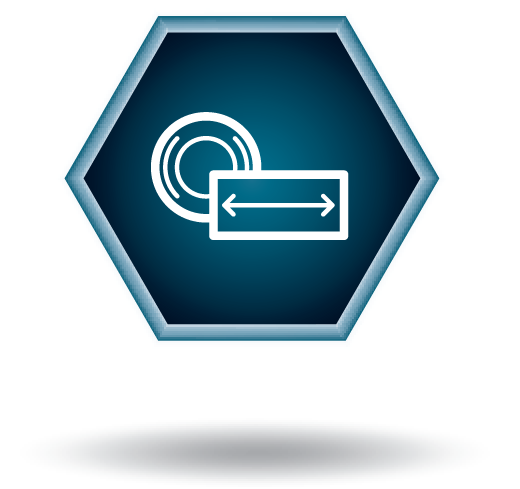
Improve fisheye dewarping precision by selecting the most suitable lens projection type for your fisheye cameras.
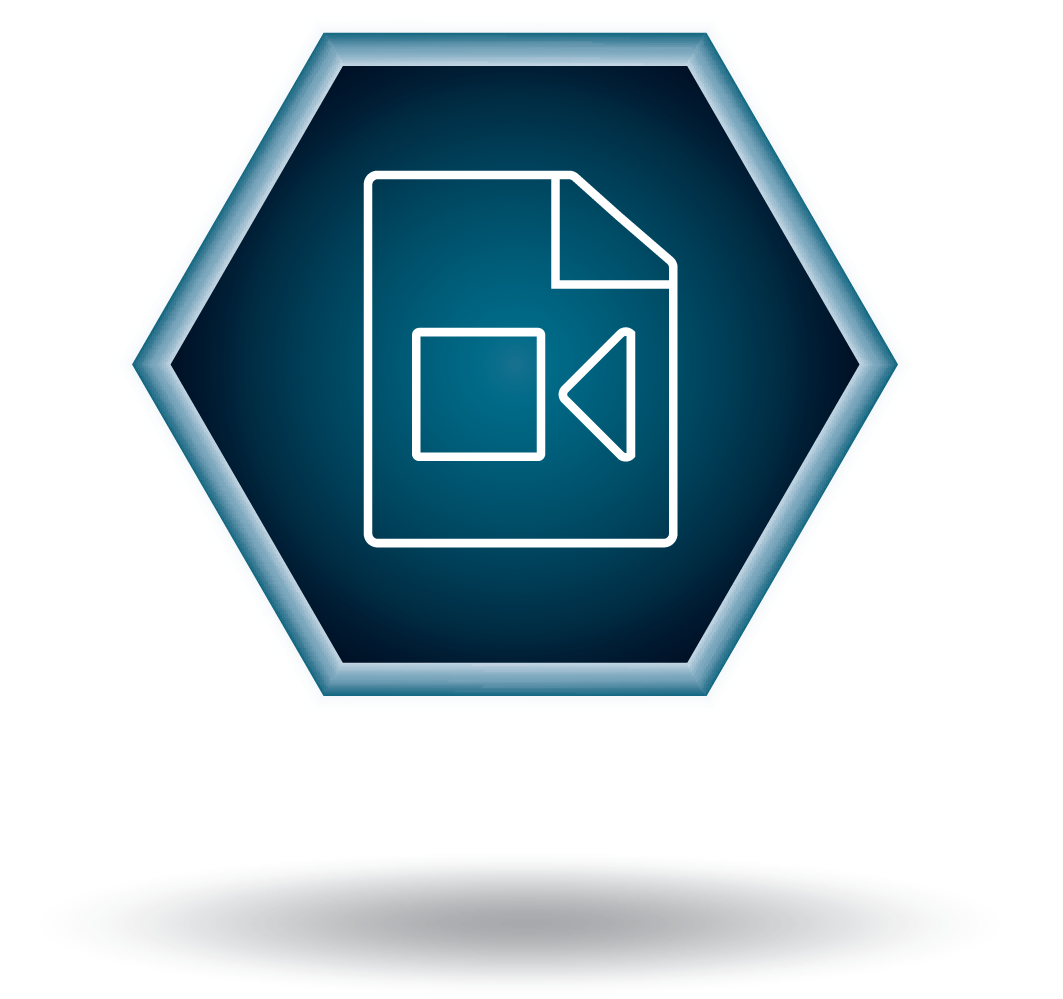
Users with appropriate rights can manage Camera Settings directly from DW Cloud, including:

Users with appropriate rights can manage Server Settings directly from DW Cloud, including:
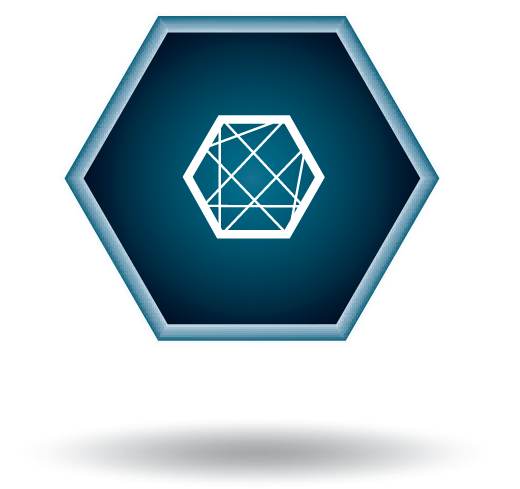
Users with appropriate rights can manage DW Spectrum licenses directly from DW Cloud, including:

Users with appropriate rights can manage DW Spectrum users directly from DW Cloud, including:
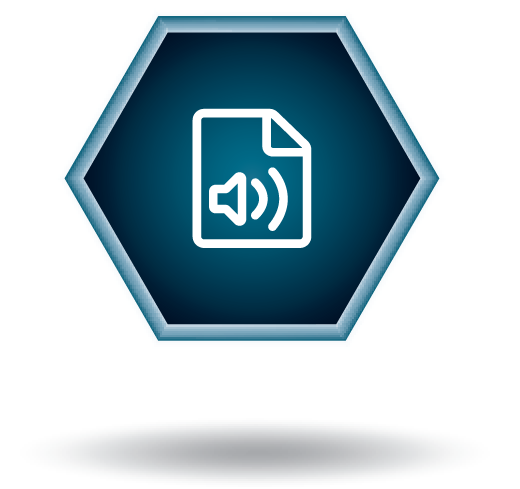
Allows third-party web clients to send audio (from client microphone) to and get audio from cameras.

Time Zone can now be specified for virtual cameras. If “Time Zone” is set to “Auto”, then the time zone is defined by metadata or UTC if there’s no time zone specified in the file. If set to “Client”, the Time Zone is defined by the desktop client.
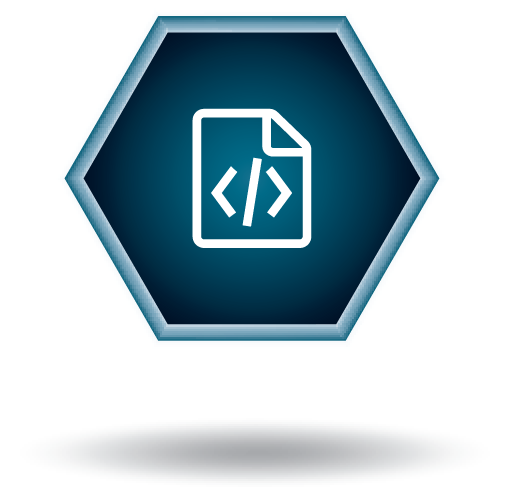
Placeholders can be added to the HTTP POST request body to be automatically replaced by the corresponding values from Analytics Event parameters. This feature is only applicable to Analytics and Generic Events. Placeholders syntax:
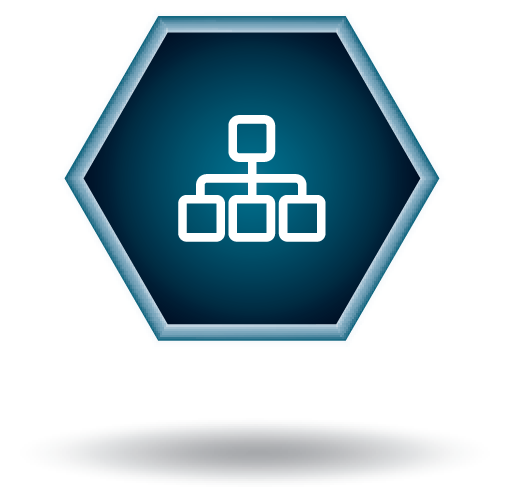
Best Server Selection (while connecting to a Cloud-connected Multi-Server System):
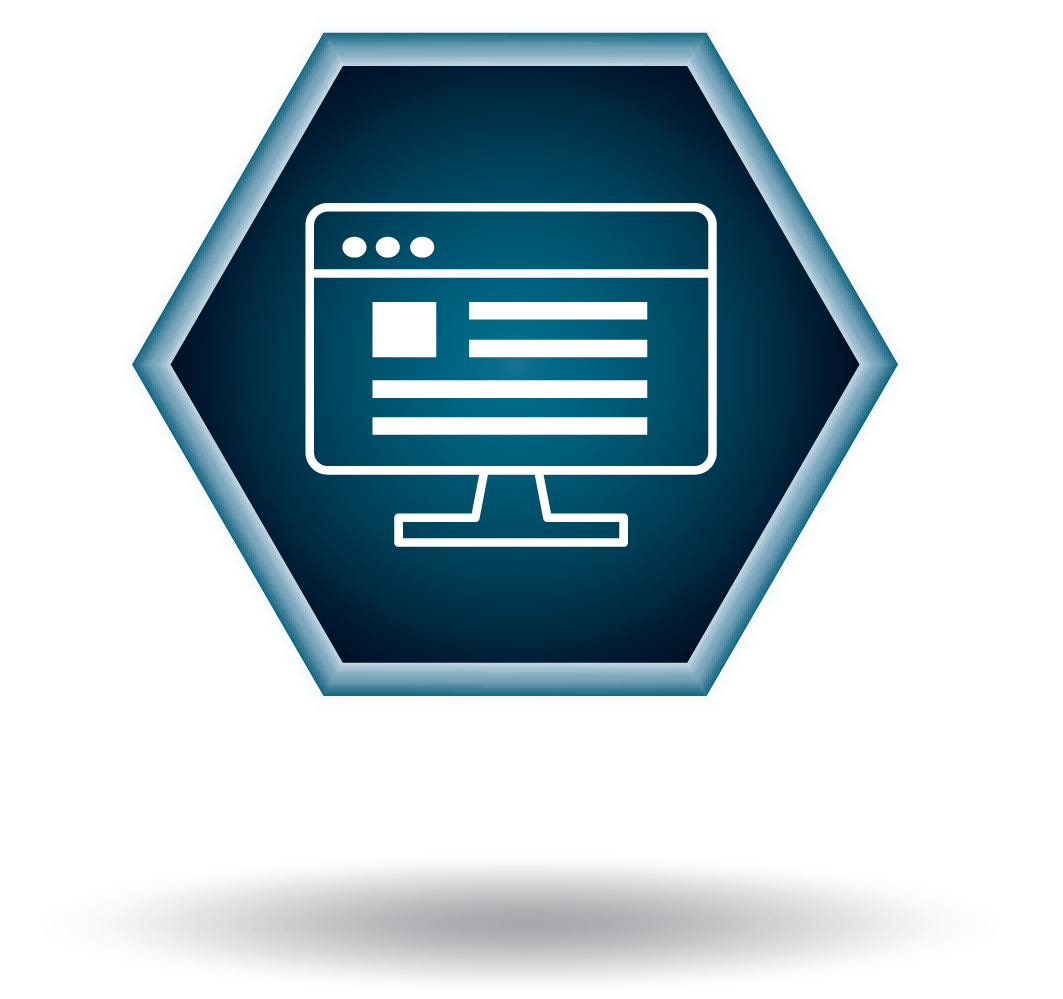
New Embedded Browser - Desktop Client now uses a full-featured embedded Chromium browser (v.77.0.3865) to display web pages on layouts:
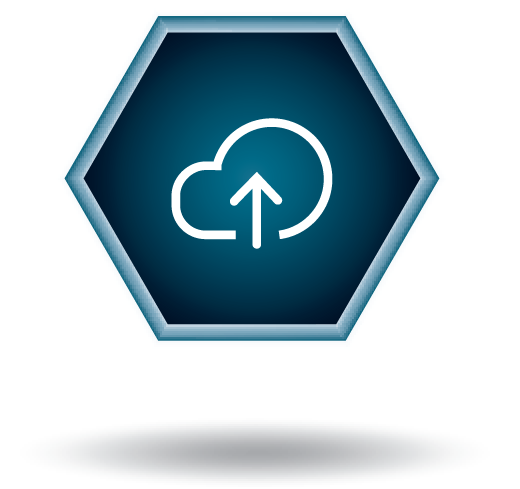
Improved cloud connectivity in certain network environments.

Database backups are now categorized into the following types:

Health Monitoring - Available in the Server Web Admin interface and Cloud Portal, Health Monitoring provides administrators detailed information about a System’s health, including, but not limited to:

Improved MacOS performance and introduced an experimental setting to limit frame rate and reduce CPU load (see Local Settings -> Advanced).

Create customized events to send push notifications to the mobile app. Finally! Push Notifications are here! That’s right. You can now send Push Notifications to DW Spectrum Mobile like a boss.

False positives detection introduced to increase accuracy of detected motion events (e.g., turning on/off lights or switching camera day/night mode are now likely to be ignored).
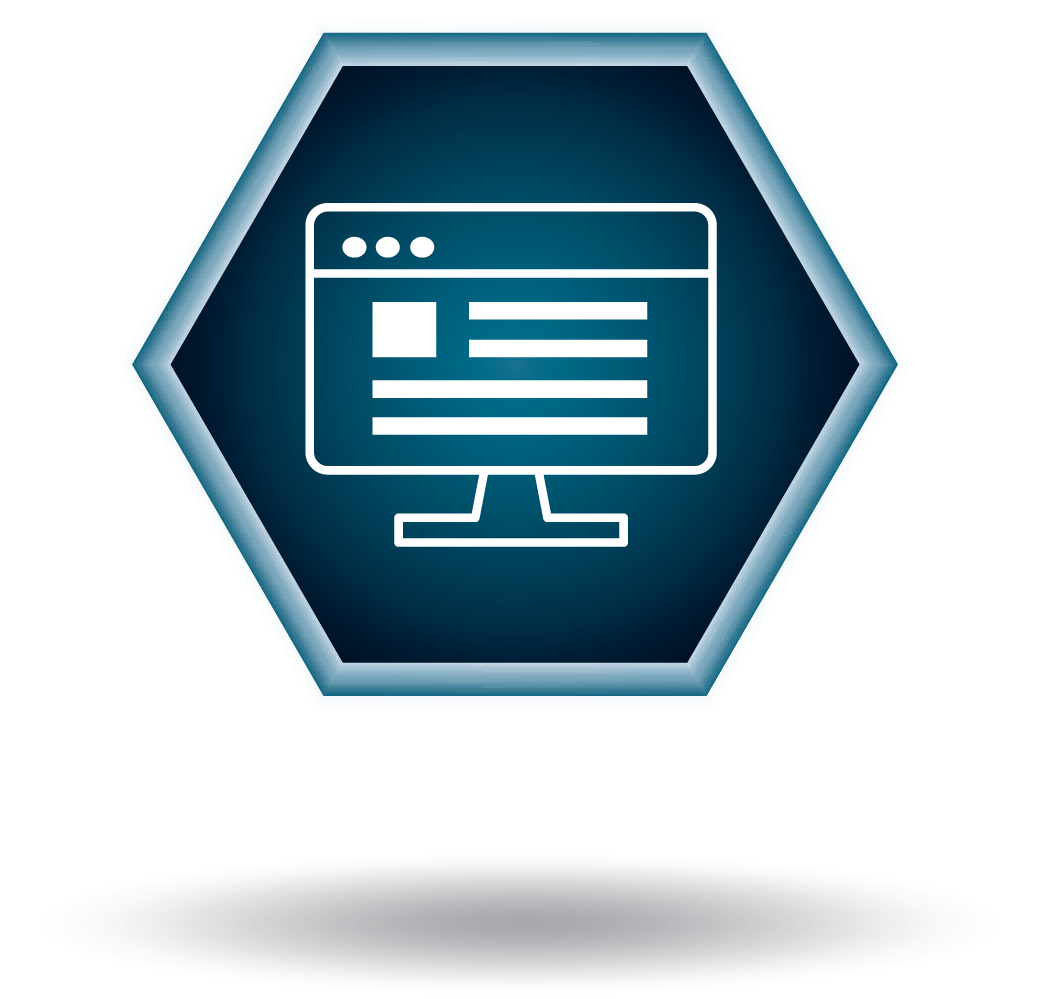
If a Server with Video Wall licenses fails, the video wall continues working for 7 days. After that, it will be blocked with the error message “Not enough licenses”.
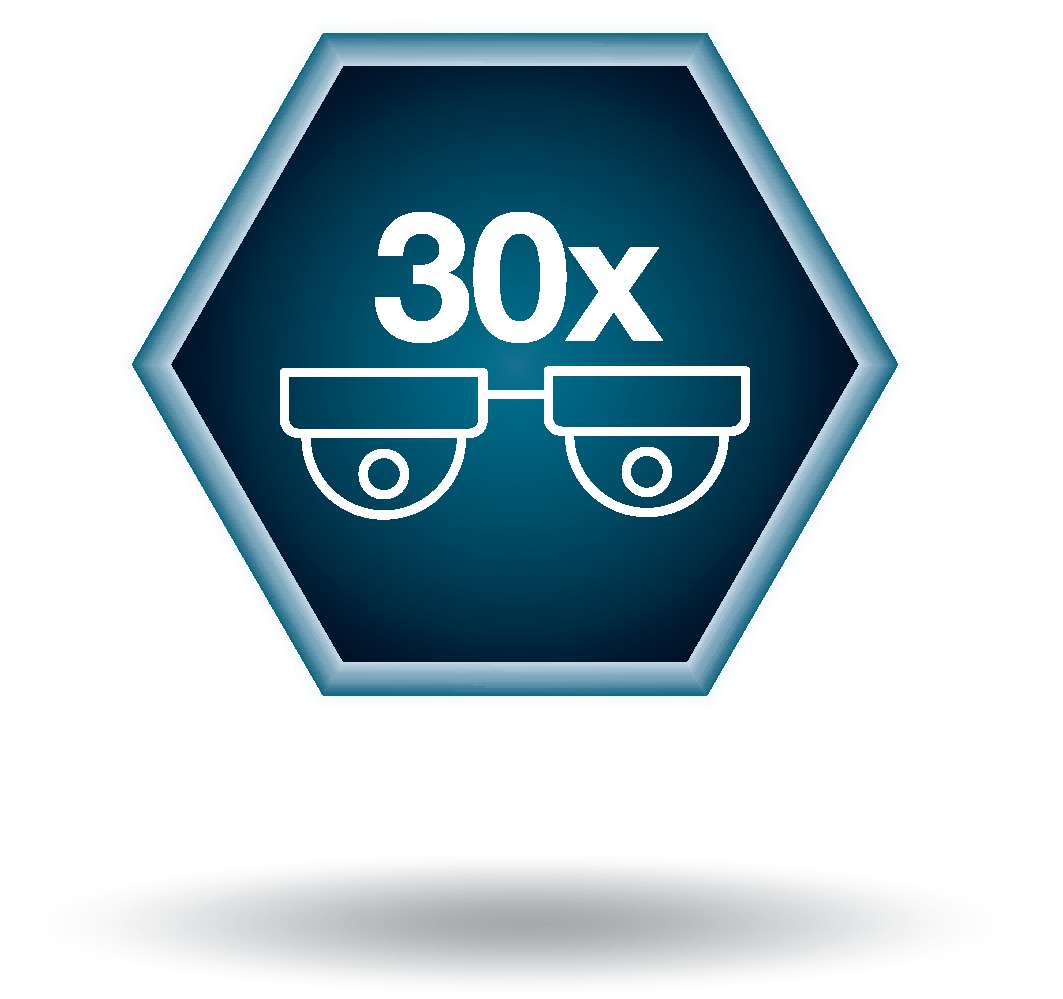
The maximum number of MEGApix® CaaS™ all-in-one edge cameras in a single system is increased to 30 cameras with DW Spectrum® v4.0 (all in the same local network using MEGApix® CaaS™ cameras only). Learn more.
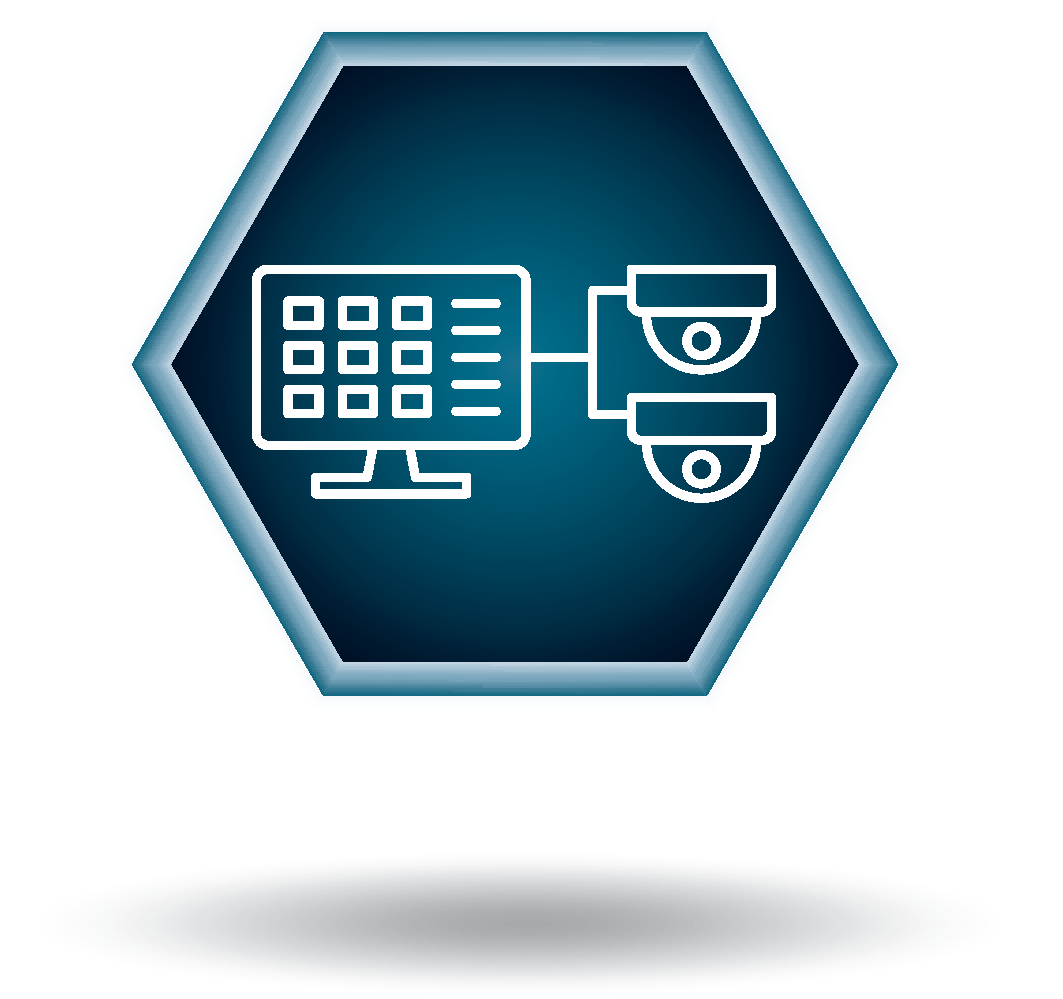
A new, more flexible way to discover and assign devices.
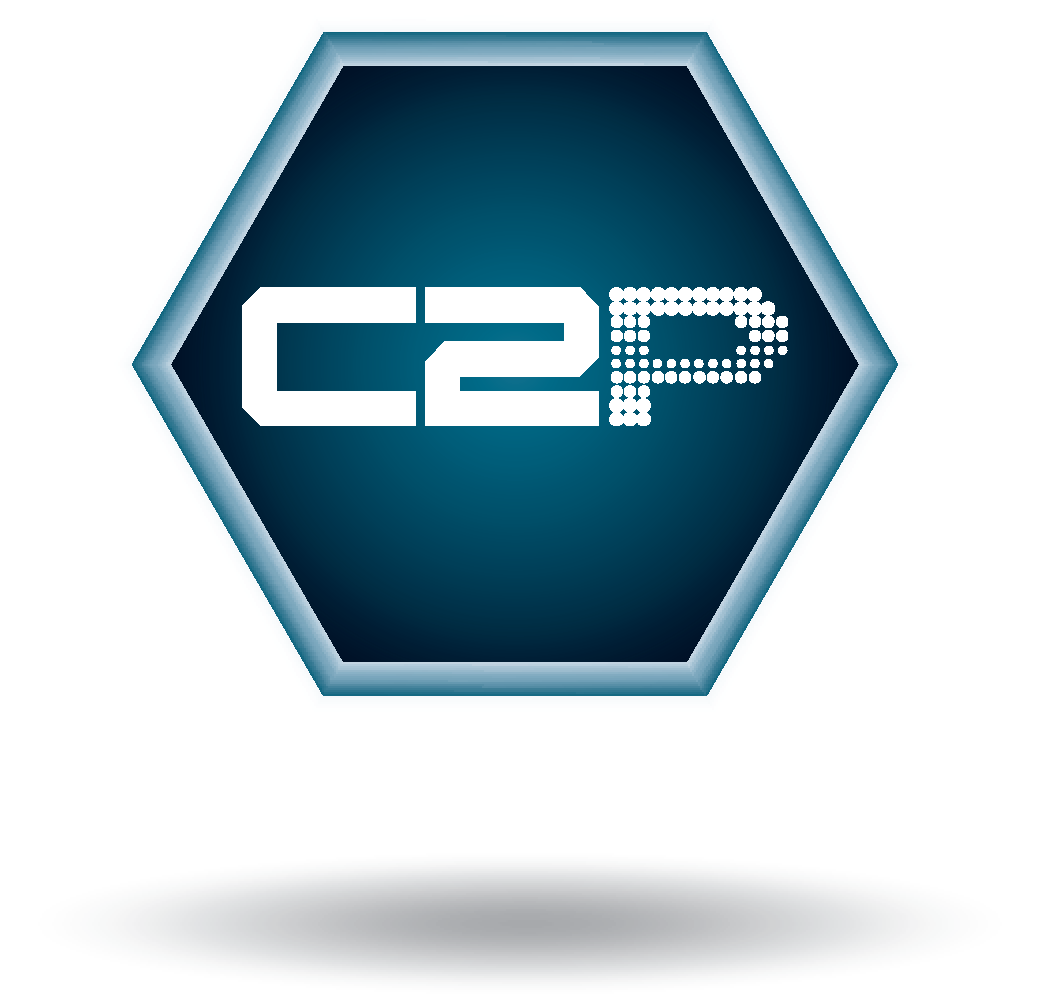
Integrate 38 new 3rd party systems and devices with C2P (Convergence to Pixels)’s middle-ware.
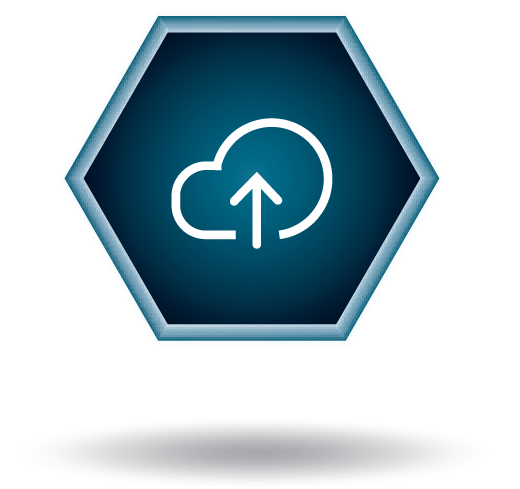
System owners can now merge systems together in the DW Cloud™ interface.

Administrators can add operator names to live, recorded, and exported video as an option to prevent and discover leaked video.
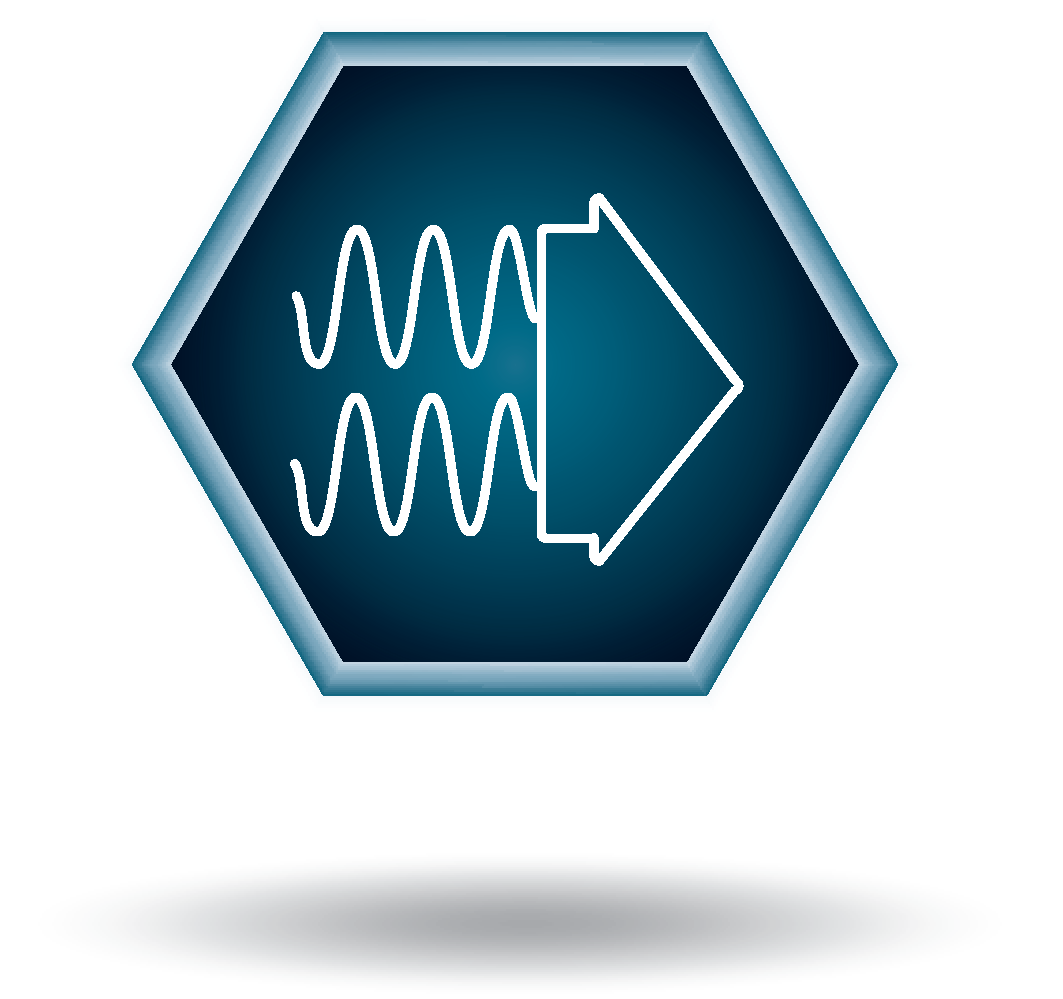
Create dual-streaming “cameras” from legacy products.
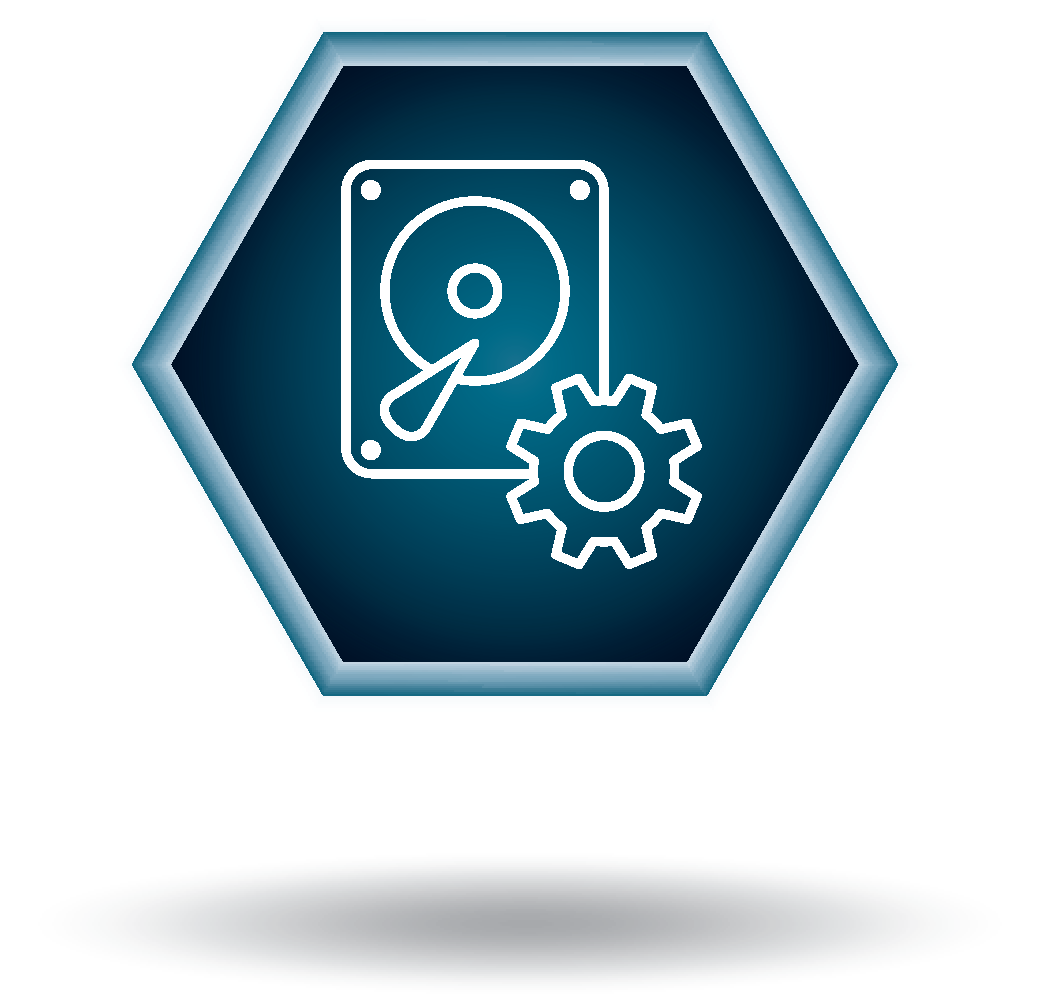
Failover now works when all storage drives on a server fail.

H.265 support has been extended to include all ONVIF-compliant devices.
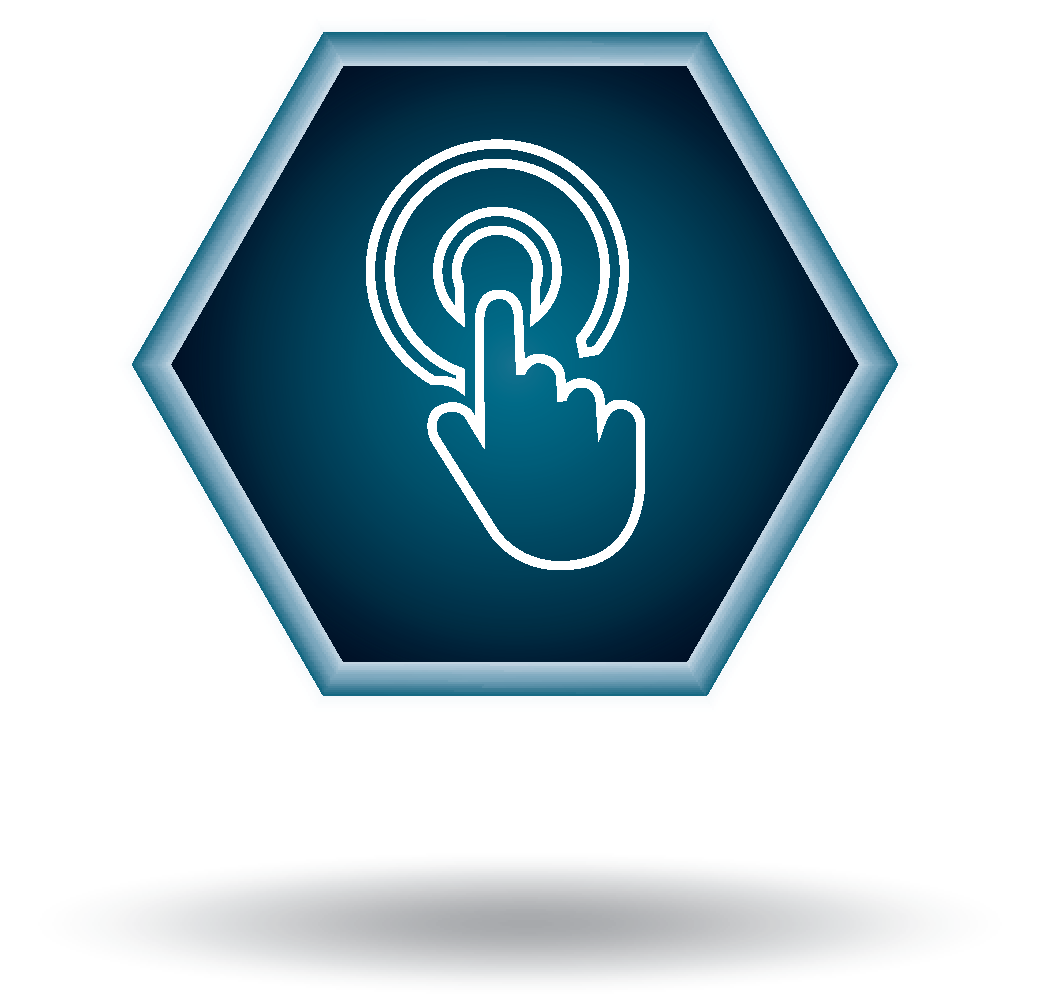
The desktop client can now be launched using the Command Line Interface (CLI).
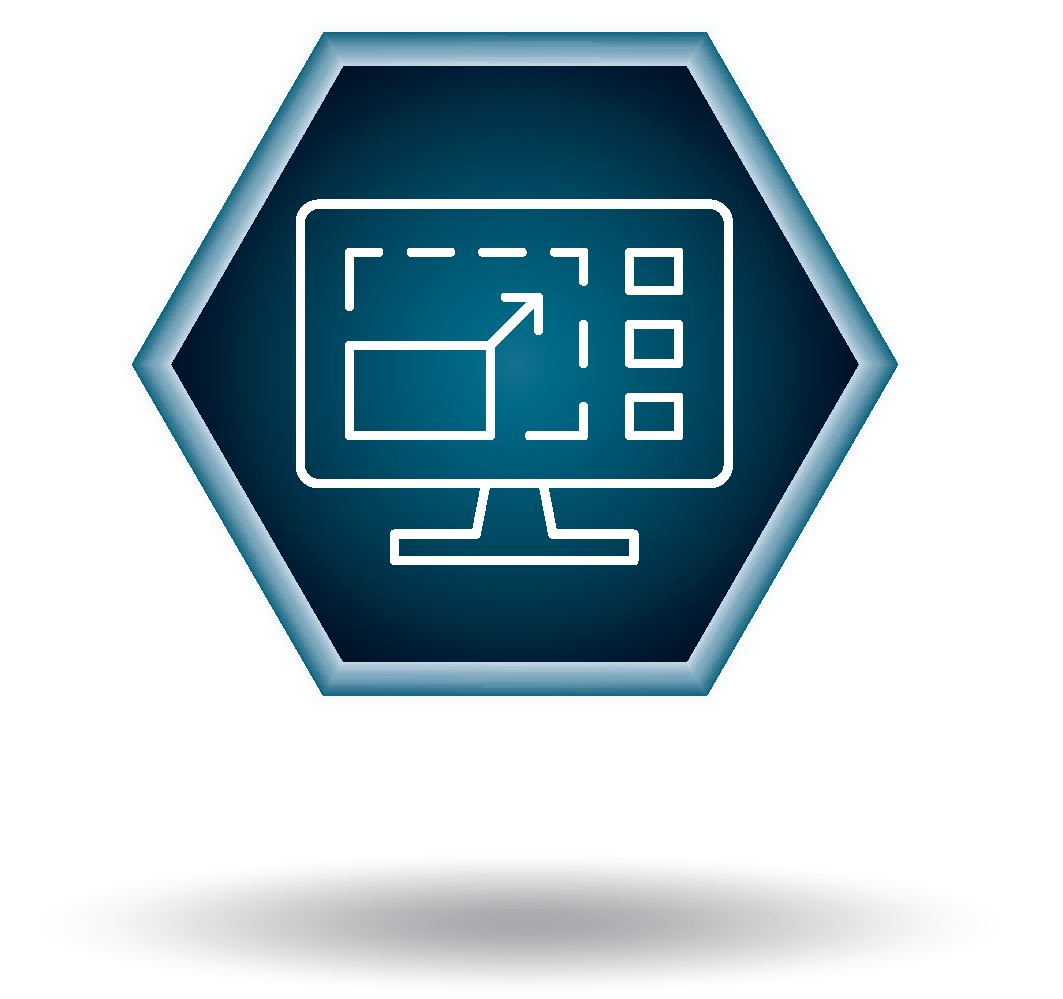
Automate opening layouts in the rules engine.
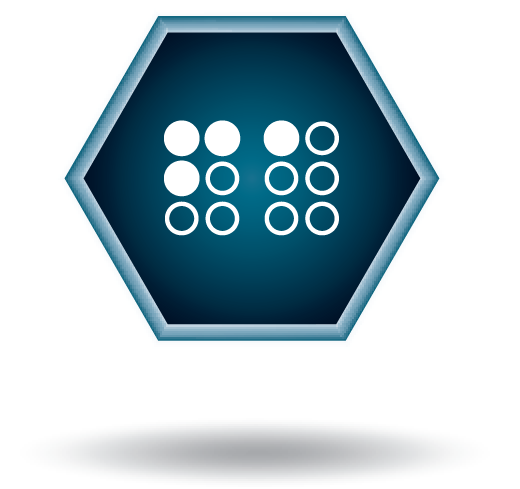
Enables seamless, semantic integrations between with 3rd party AI-powered video analytics like VisionLabs
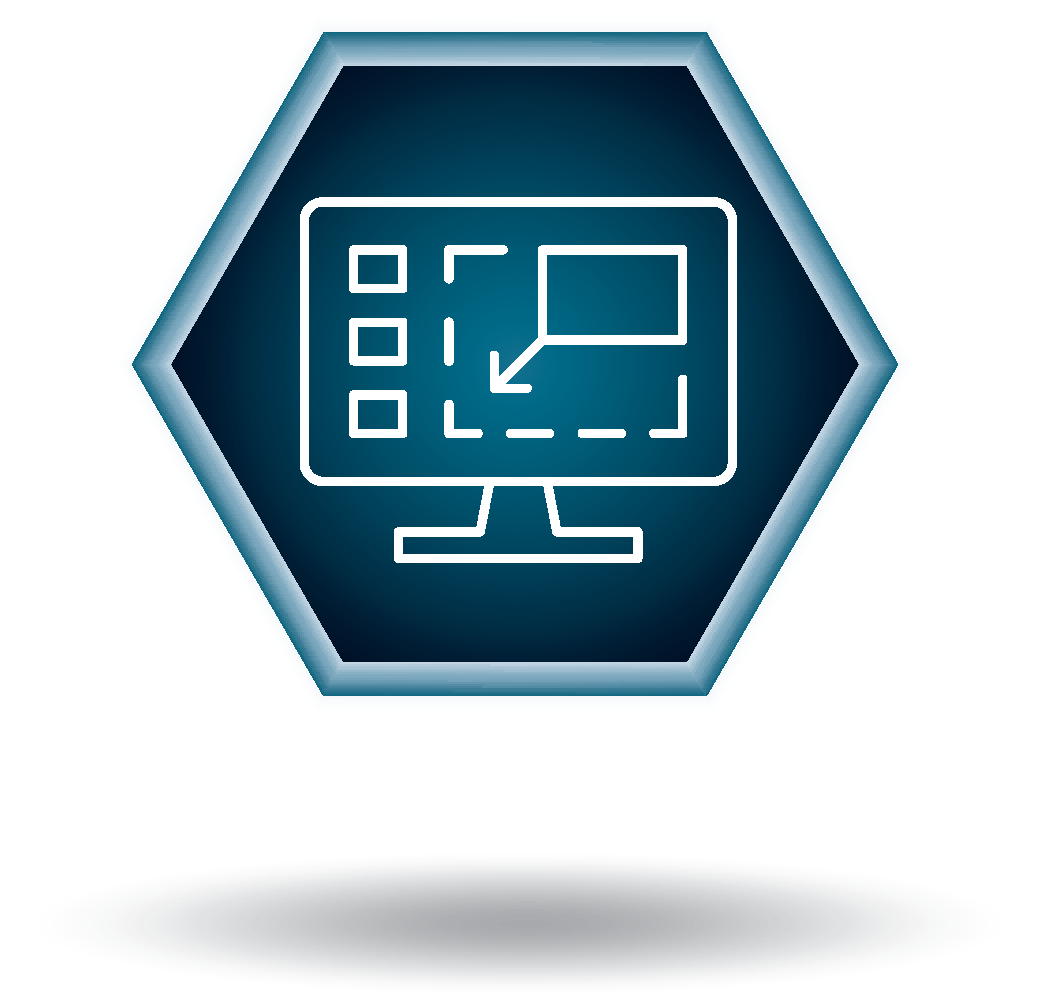
Added option to set a minimum viewing grid size.

The new panel now includes notifications, motion events, bookmarks, events and objects!

Upgrade process now includes desktop application installed packages and has been optimized for large multi-server system.
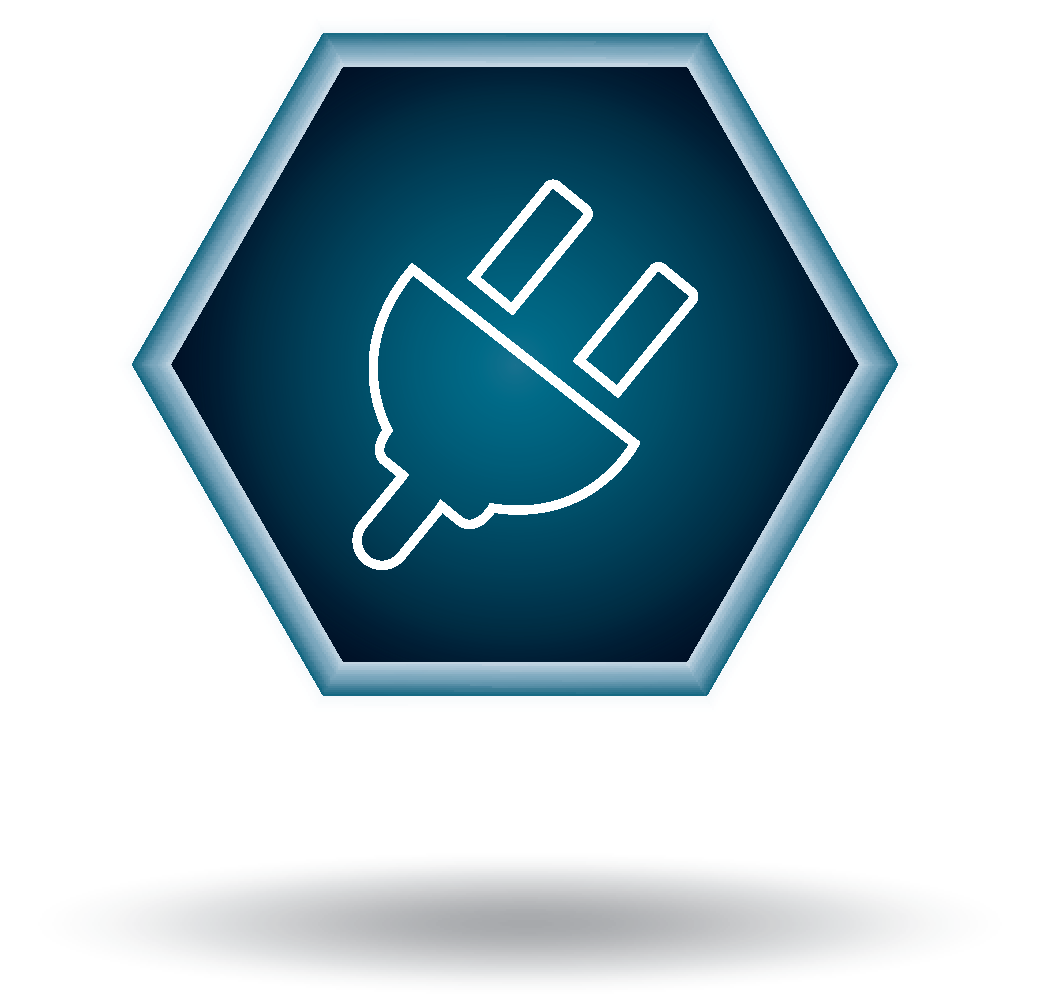
Plugins allow seamless integration between DW Spectrum® IPVMS and 3rd party systems, pulling in object data and associated bounding boxes, paths and metadata tags.
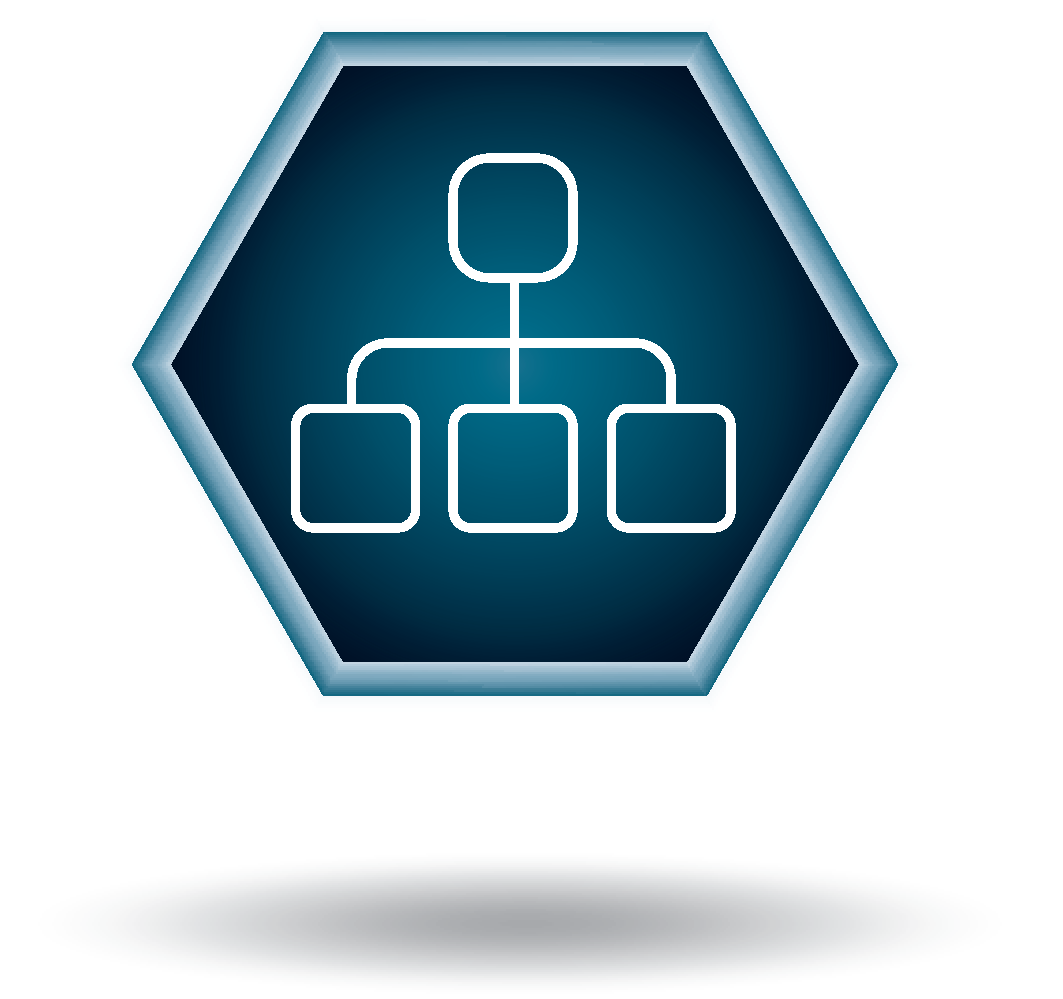
A newer, cleaner resource panel experience.

Allow only secure connections and encrypt video and traffic between servers and clients.

Password protect exported video.
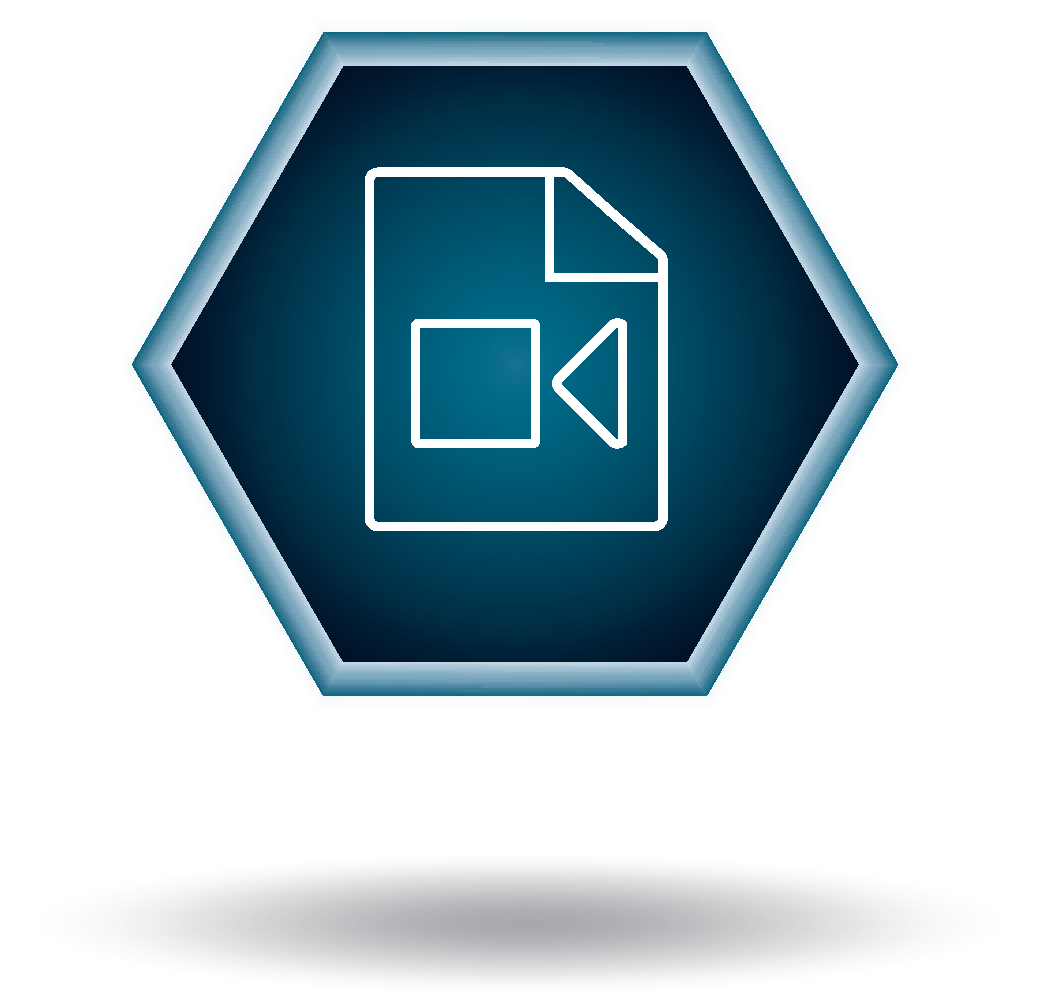
Create a virtual camera and import offline video to archive. Great for action cameras, wearable cameras, offline cameras).

USB webcams, laptop cameras and even the Raspberry Pi camera module will all now be auto-discovered and can be recorded and streamed.